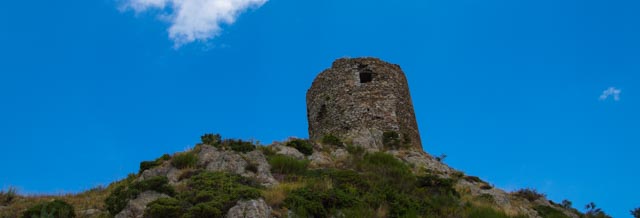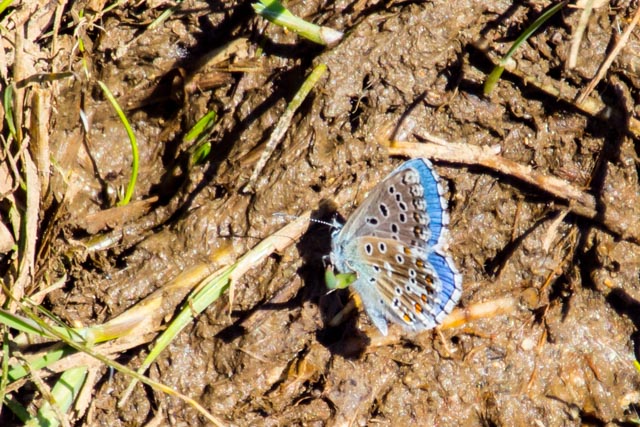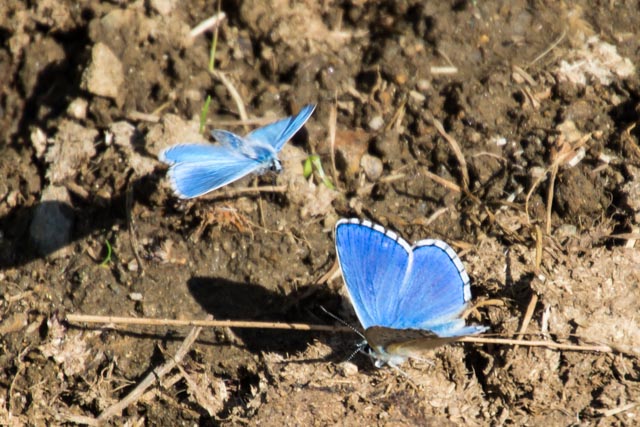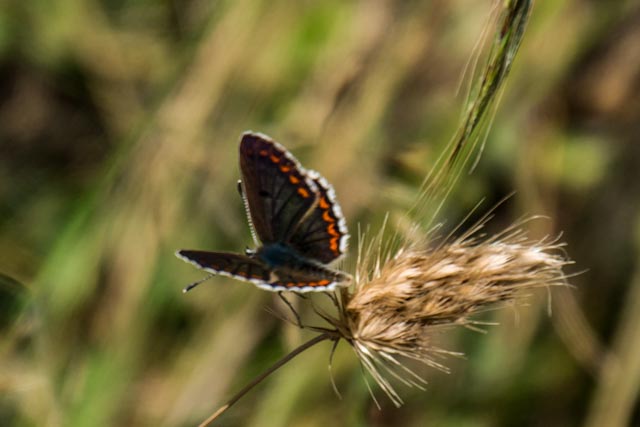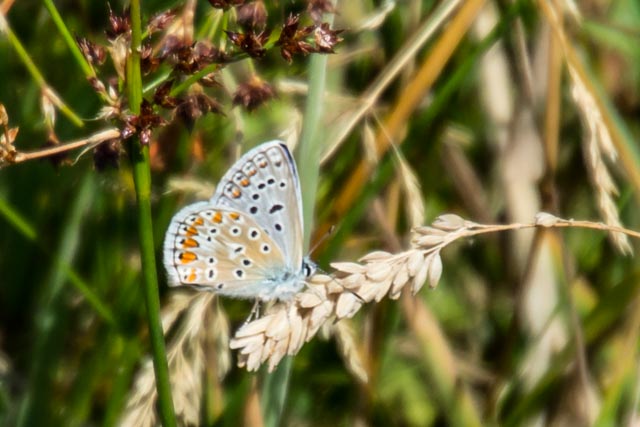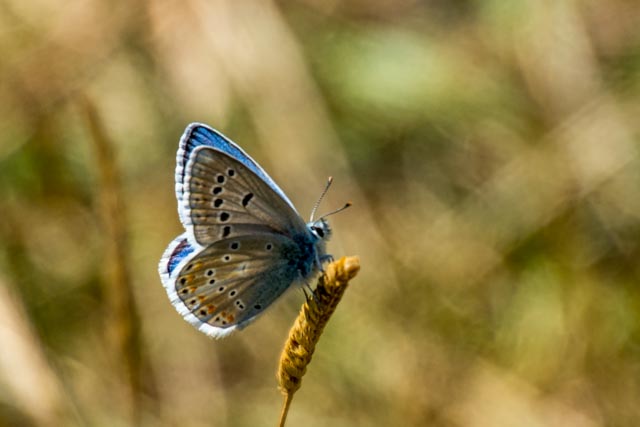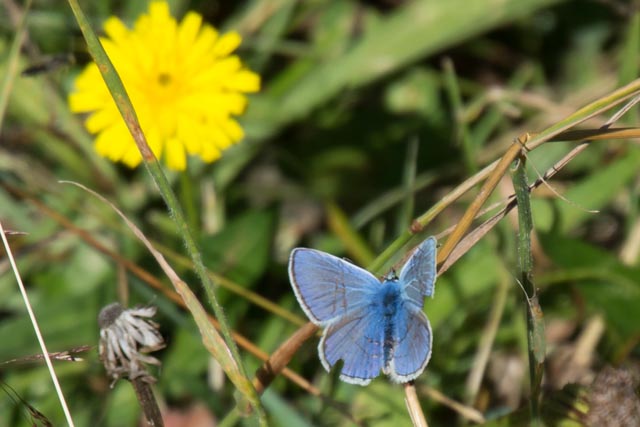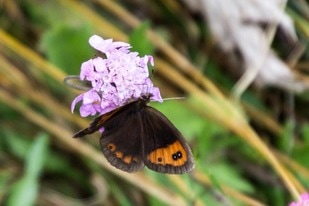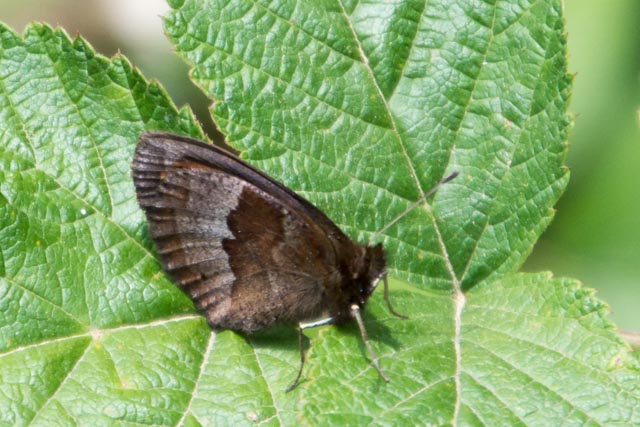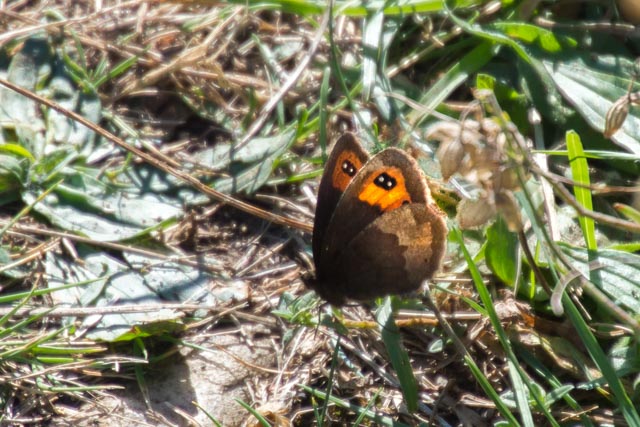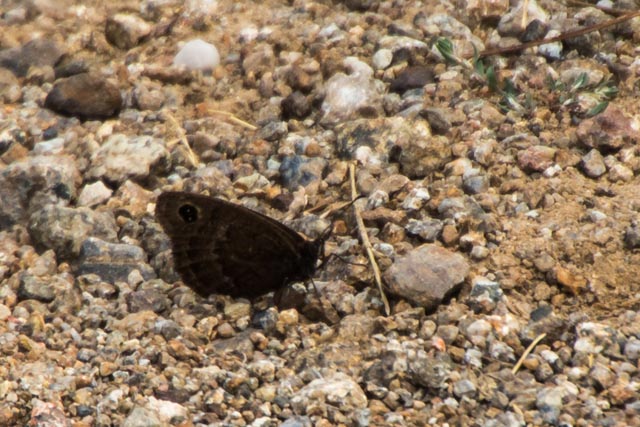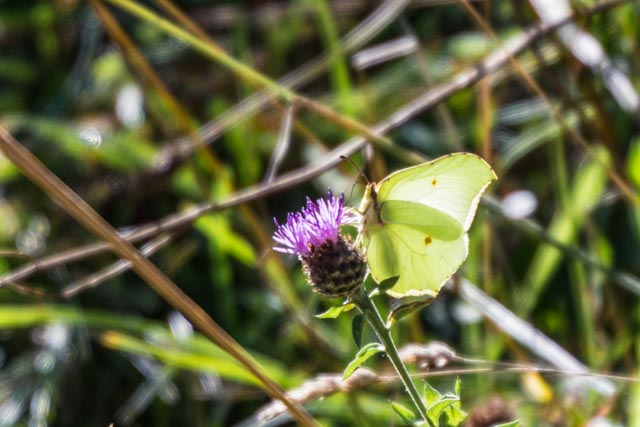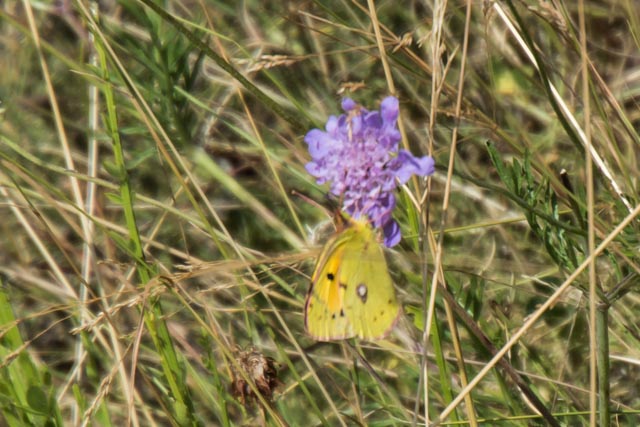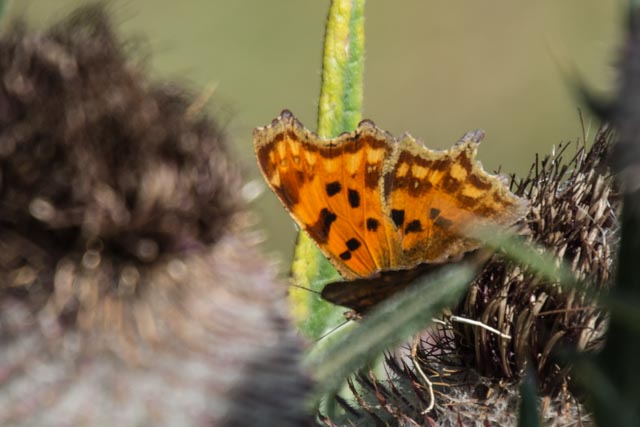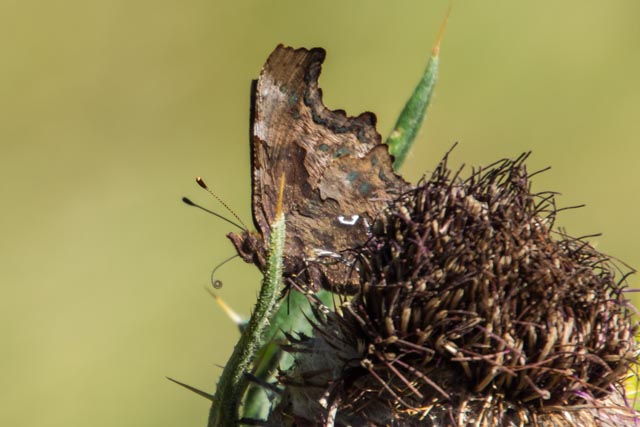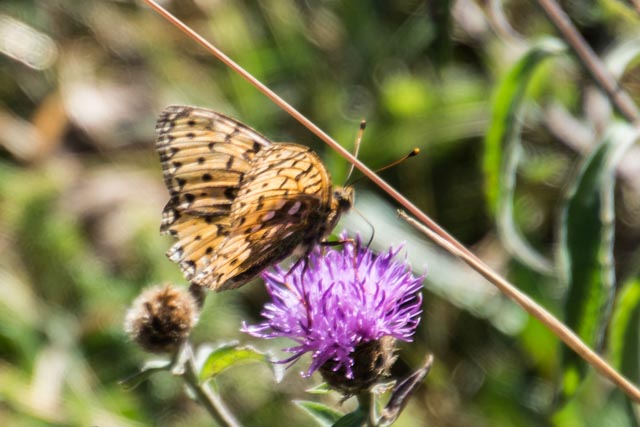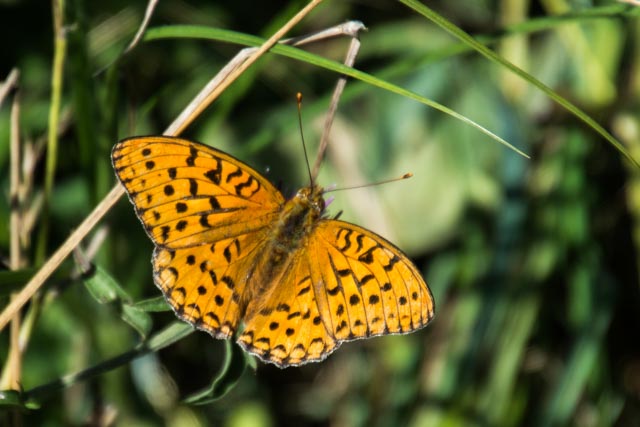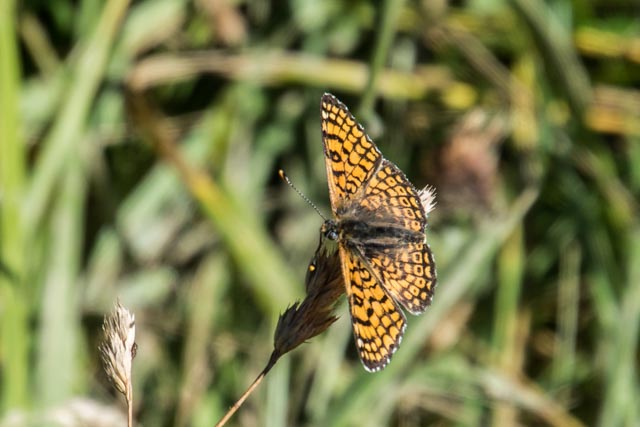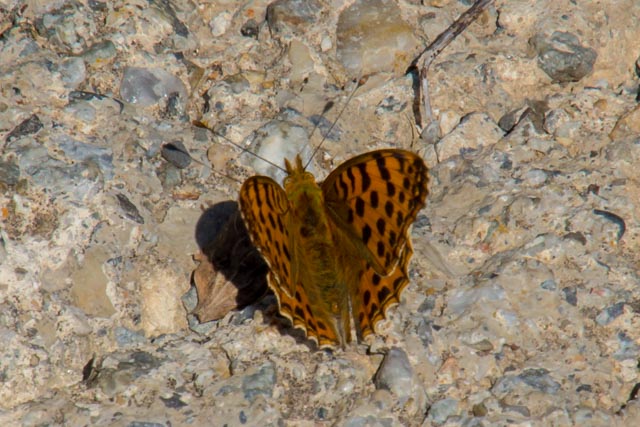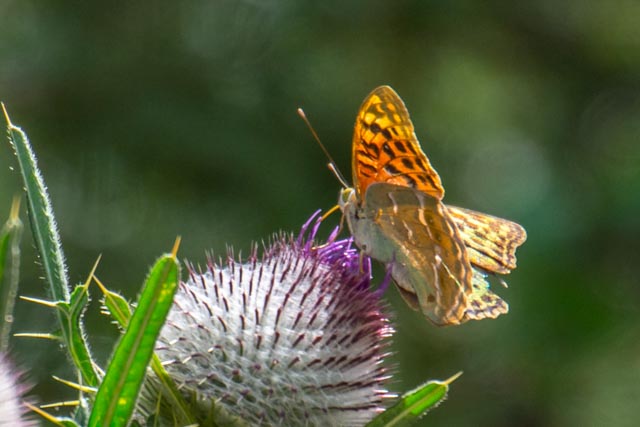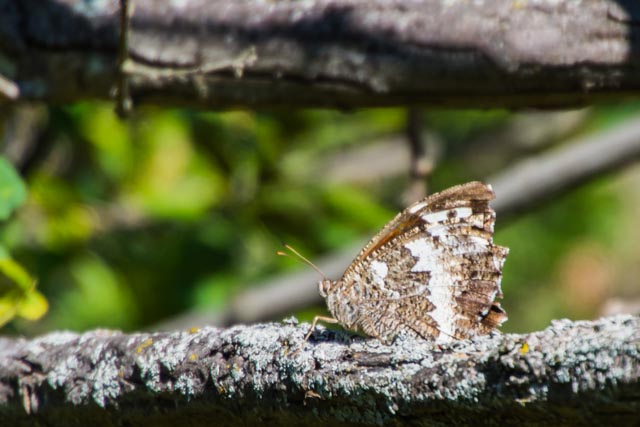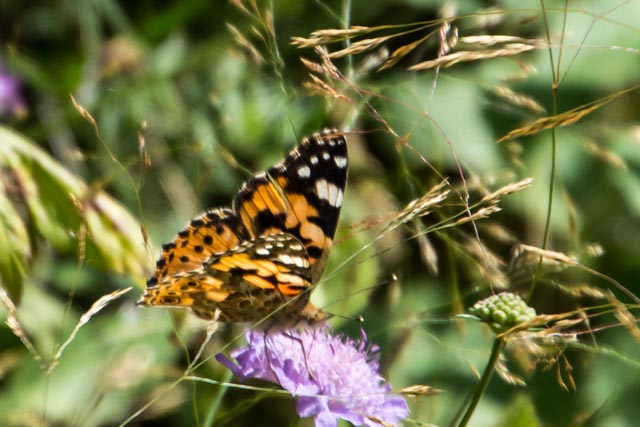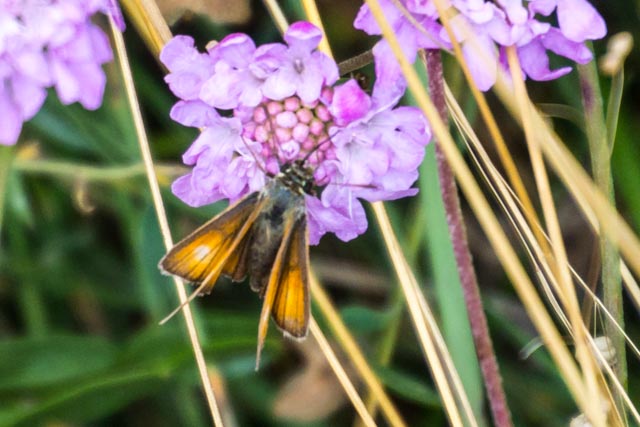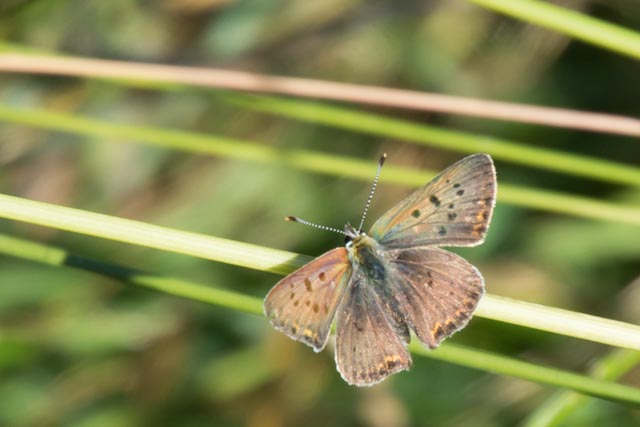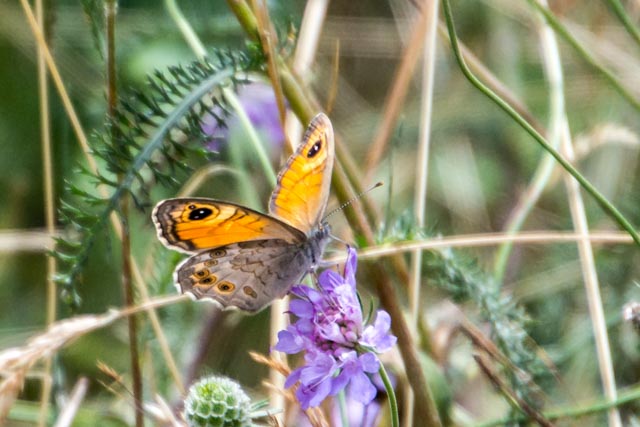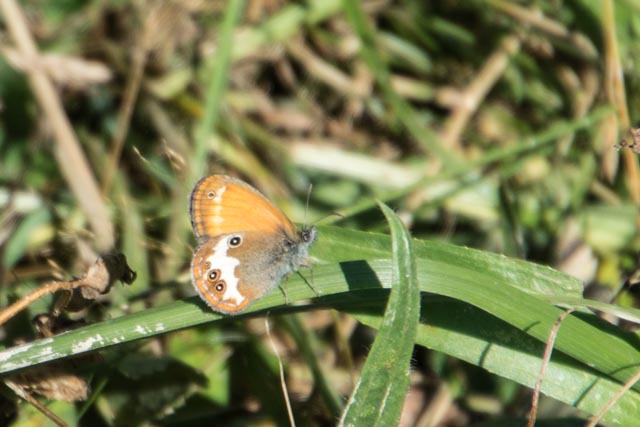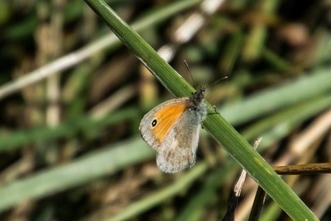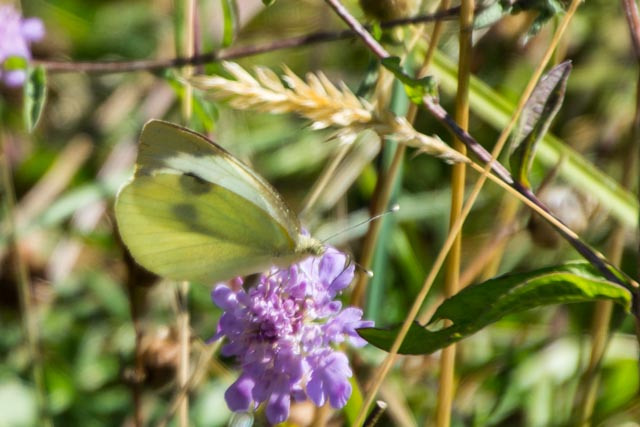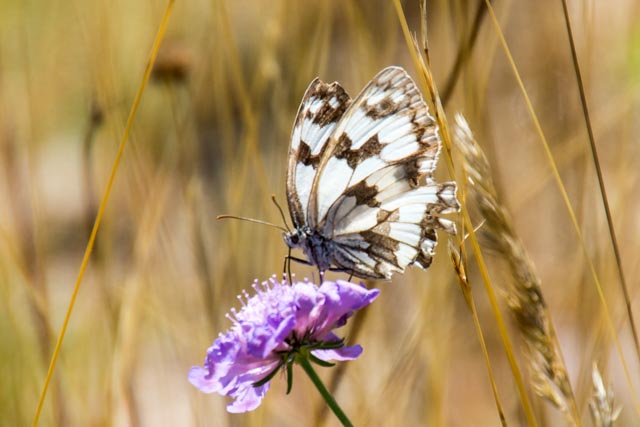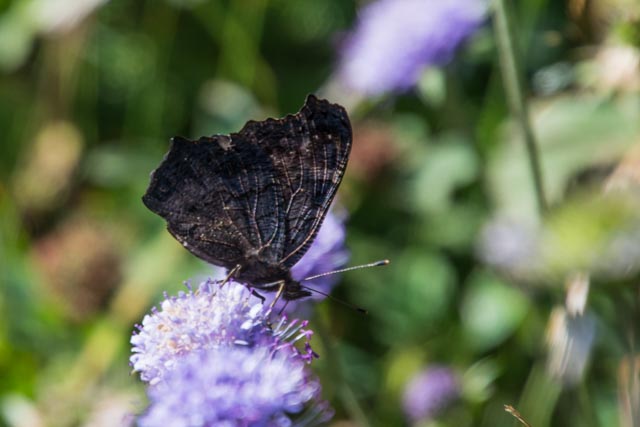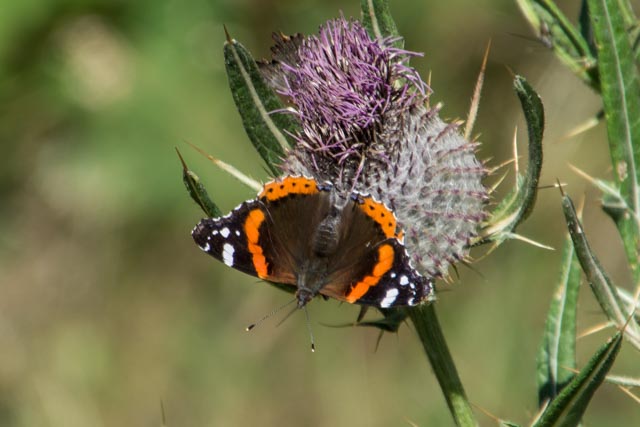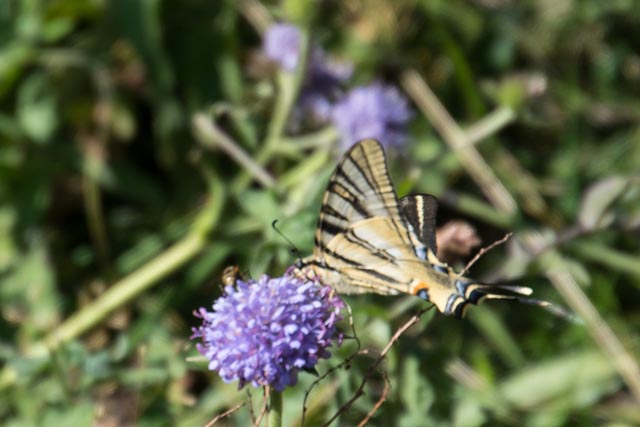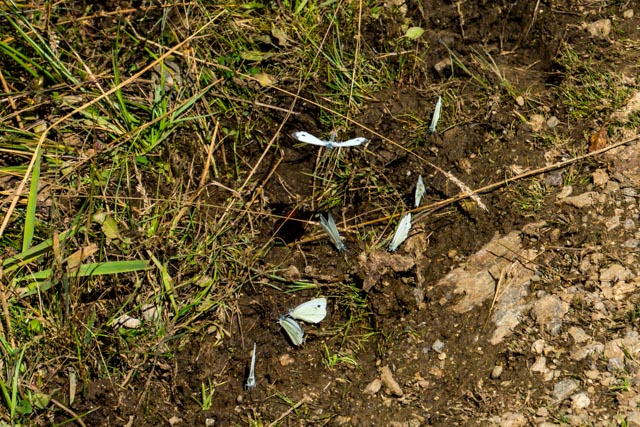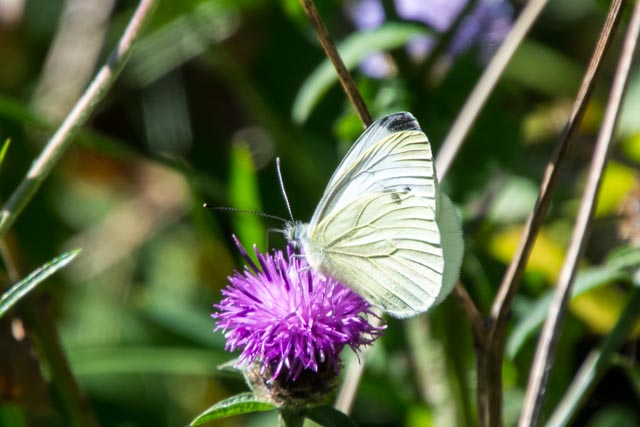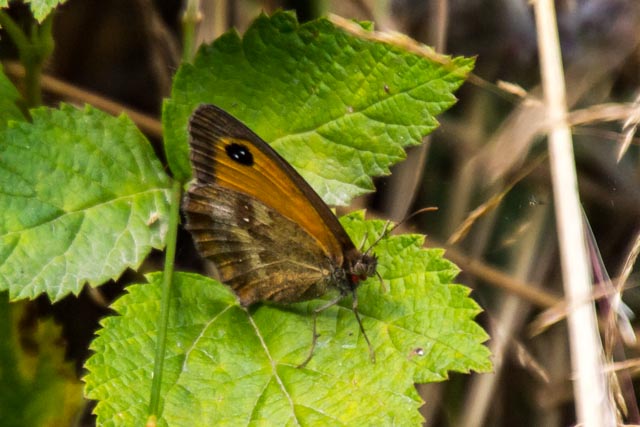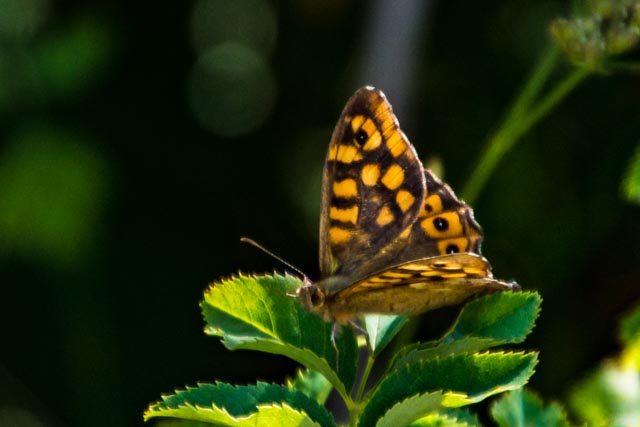Butterflies have been around for a long time with fossils dating to the Palaeocene, about 56 million years ago. With the clean Pyrenean air at the height of La Batère, around 1300 metres, vegetation is lush where sheltered out of the wind. This means plenty of wild flowers, whose nectar is one of the main foods for butterflies.
On a single visit to the area in early autumn last year Lesley and I counted 29 different species of butterfly. Some of these were firsts for me, and consequently I had occasional difficulties in making identifications. In this I was helped by Roger Gibbons whose extensive website http://www.butterfliesoffrance.com/ is an excellent resource. I am relatively happy about the identifications, and such errors as there may be are wholly mine.
This blog includes photos of each species we saw and photographed, in no particular order with a few hopefully interesting facts about each.
Blues are a large family, and are well known for sometimes perching on wet ground. Here are some Adonis Blues taking in nutrients from the damp soil.
and Common Blues.
The Large Skipper is actually tiny, but well named as it skips very rapidly from plant to plant. Also quite small is the Sooty Copper, which is widespread in France and can be seen up to around 2,500 metres.
